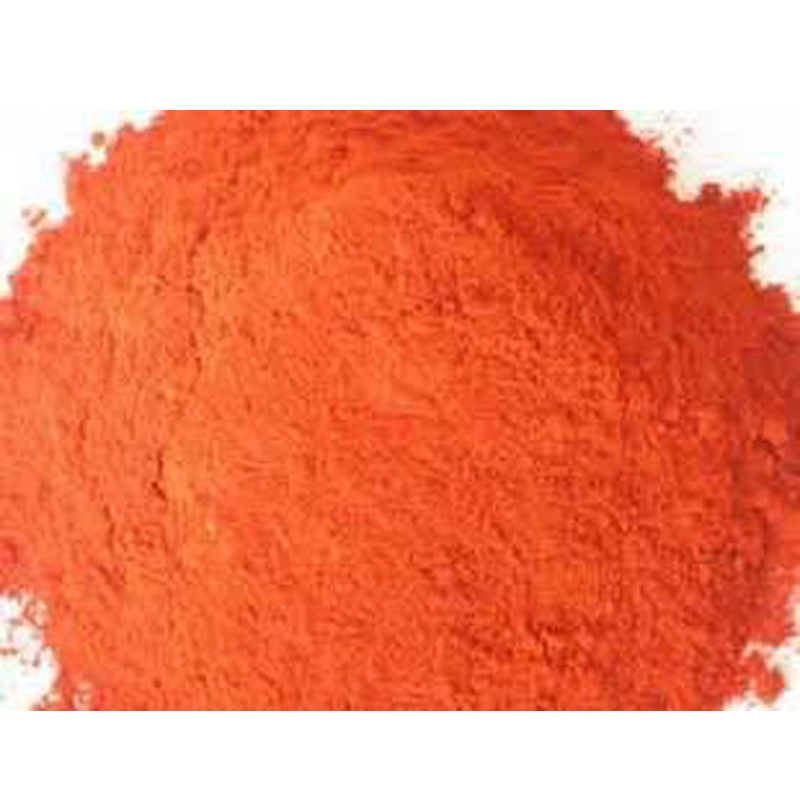- No. 268 Xianghe Street, Economic Development Zone of Xingtai city, Hebei 054001 China
- Byron@hbhongri.cn
Aromatic Red Pepper Seasoning for Flavorful Dishes and Culinary Delights
The Allure of Sweet Paprika Spice Up Your Culinary Adventures
When it comes to the world of spices, few can match the vibrant hue and multifaceted flavor profile of sweet paprika. Originating from the Capsicum annuum plant, this spice has played a significant role in various cuisines around the globe, particularly in Central and Eastern European cultures. With its deep red color and sweet, slightly smoky flavor, sweet paprika is more than just a seasoning; it is a culinary staple that can elevate dishes in remarkable ways.
The Origins of Sweet Paprika
Sweet paprika’s journey begins in the heart of Hungary, where it has been cultivated and perfected for centuries. Hungarian paprika is particularly renowned, boasting a variety of types, including sweet, hot, and smoked. The most prized varieties are often grown in the Kalocsa and Szeged regions. Over time, paprika spread throughout Europe and beyond, becoming a beloved flavoring in Spanish, Portuguese, and even some Middle Eastern cuisines.
The Flavor Profile
Sweet paprika is characterized by its mild and sweet flavor, which can add depth without overwhelming the palate. Unlike its spicier counterparts, sweet paprika does not contribute heat but instead imparts a rich, earthy sweetness, making it a versatile ingredient in both savory and sweet dishes. When used in cooking, it can enhance the overall profile by balancing acidity and complementing other spices and herbs.
Culinary Uses
The uses of sweet paprika in cooking are virtually endless. It is a staple in Hungarian dishes such as goulash, where it provides a warm, deep flavor and a striking color. In Spanish cuisine, it is an essential ingredient in traditional dishes like paella and chorizo, contributing both taste and visual appeal. Additionally, sweet paprika shines in seasoning blends, salad dressings, and marinades. The spice is often sprinkled over deviled eggs, roasted vegetables, or potato salads, adding a pop of color and sweetness that transforms everyday dishes into something special.
sweet paprika spice

Beyond traditional uses, sweet paprika can also be incorporated into contemporary cooking. Consider mixing it into a spice rub for grilled meats, blending it into a creamy dip, or even adding it to desserts for an unexpected twist. The possibilities are limited only by your creativity and willingness to experiment.
Health Benefits
Beyond its culinary charms, sweet paprika is packed with health benefits. It is rich in antioxidants, particularly carotenoids, which can help combat inflammation and promote heart health. Additionally, the spice contains vitamins A and E, which are known for their immune-boosting properties. Incorporating sweet paprika into your diet can not only enhance the flavor of your meals but also contribute to your overall well-being.
Choosing and Storing Sweet Paprika
When selecting sweet paprika, opt for high-quality brands that are vibrant in color and aromatic in scent. Freshness is key, as spices can lose their potency over time. Store sweet paprika in an airtight container, away from light and heat, to preserve its flavor and color. It is best to use it within six months to a year for maximum freshness.
Conclusion
Sweet paprika is more than just a garnish; it is a spice with a rich history and a future full of culinary potential. Its unique flavor profile, health benefits, and versatile applications make it a must-have in any kitchen. Whether you’re a seasoned chef or a home cook, embracing sweet paprika can open doors to a world of flavor and creativity. So the next time you reach for a spice jar, consider the allure of sweet paprika—your meals will never be the same!
-
Unlock the Power of Nature with Capsicum Oleoresin ExtractNewsJul.03,2025
-
Unleash the Heat: Discover the Wonders of Spicy Crushed Red PepperNewsJul.03,2025
-
Unleash the Flavor of Red Pepper Pods – Elevate Your Culinary Creations!NewsJul.03,2025
-
The Rich Flavor of Red Pepper Dried – The Ultimate Ingredient for Your Culinary Creations!NewsJul.03,2025
-
Discover the Rich Flavor of the PaprikaNewsJul.03,2025
-
Discover the Flavorful World of Paprika & Chili ProductsNewsJul.03,2025







